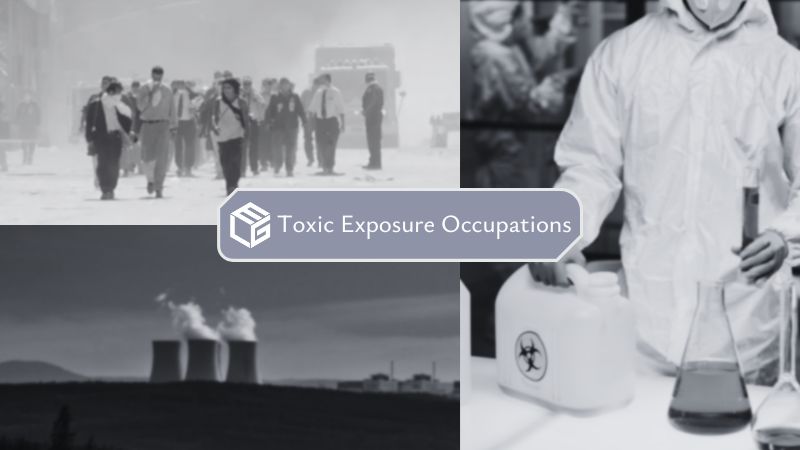
Ethylene oxide (EtO) engineers are highly specialized professionals responsible for designing, operating, and optimizing some of the most hazardous chemical processes in industry today. Working as an EtO engineer for at least one year requires oversight of toxic, carcinogenic gas systems. Regardless of your technical expertise or safety training, you have been exposed to EtO throughout your career, particularly during startup and shutdown operations and during troubleshooting activities.
The majority of EtO engineers are employed in chemical manufacturing plants, sterilization units for medical devices, pharmaceutical operations, and fumigation sites. They design and maintain EtO production and sterilization processes, establish process control procedures, conduct risk assessments, ensure regulatory compliance with OSHA and EPA standards, and investigate incidents.
Engineers are also responsible for providing technical support and training to operators, monitoring process parameters, troubleshooting deviations, and collaborating with safety teams to minimize worker exposure and environmental pollution.
While EtO engineers may spend significant time in offices or control rooms, their duties frequently require direct interaction with EtO systems. Most exposure risks occur during non-routine operations, such as equipment maintenance, system startup and shutdown, leak investigations, sampling procedures, and loading or unloading of transport tanks. In many cases, these activities bypass normal containment controls, resulting in higher exposure concentrations.
Both the EPA and the International Agency for Research on Cancer classify ethylene oxide as a human carcinogen. Exposure to EtO gas occurs most frequently in process areas, near sterilization chambers, and anywhere where ventilation is inadequate. Dermal contact with liquid or condensed EtO can also occur when engineers enter maintenance zones or confined spaces. NIOSH states that engineers are most exposed during the very tasks they are responsible for overseeing and troubleshooting.
Over the course of a career, engineers can face substantial exposure to hazardous materials, especially in facilities that use old process systems or lack adequate controls. Despite current OSHA standards, the NIOSH recommends ten times stricter exposure limits than the ASHA's permissible limits due to cancer and mutagenic concerns.
As an EtO engineer, you may have been exposed to ethylene oxide through:
Your technical expertise could not protect you from the long-term health consequences of EtO exposure. If you worked as an EtO engineer for at least one year and have been diagnosed with cancer, you may be eligible to file an EtO claim. The following cancer types have been associated with EtO exposure:
Leukemia Non-Hodgkin's lymphoma Multiple myeloma Liver cancer Lung cancer Breast cancer Stomach cancerELG Law has been representing victims of occupational and environmental exposures for over three decades. We provide experienced attorneys who are familiar with the technical aspects of EtO engineering work, enabling you to seek the compensation you deserve. The only documents we need to begin your claim are your employment records and your medical documentation listing your cancer diagnosis. Feel free to contact us for a free consultation.